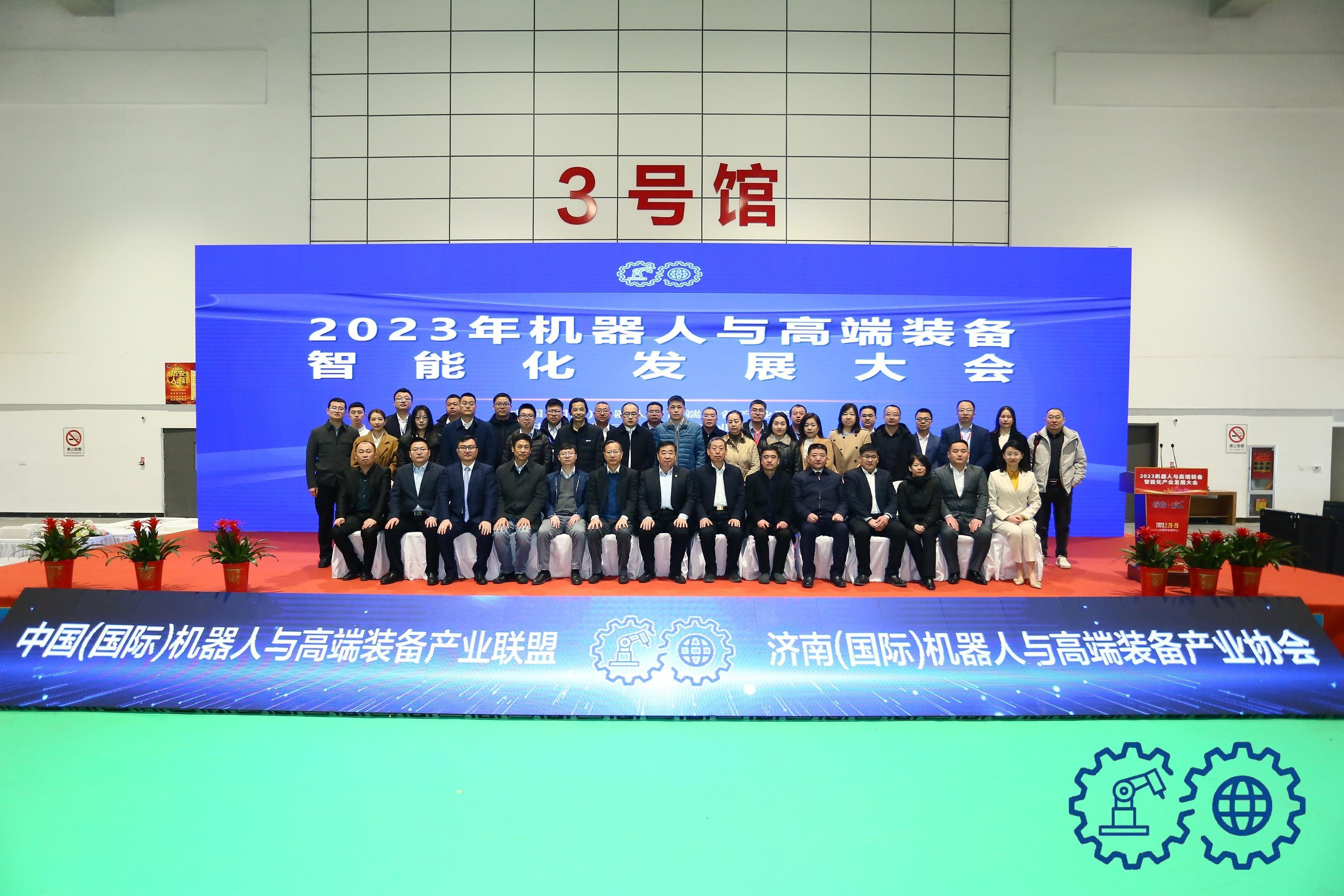Basic Principles of Grinding in the Processing of Precision Mechanical Parts
Release time: 2022-05-25
When processing precision mechanical parts, we should first work out the processing technology of mechanical parts to ensure that each link is normal. In the processing of precision mechanical parts, grinding is used to produce and process various metal materials and metal materials, and can produce and process plan, internal and external cylindrical surfaces and their conical surfaces.
The whole milling process can be used for microanalysis and drilling of steel parts by the abrasive particles of mineral acid according to the research tool, including the comprehensive effects of complex physics and organic chemistry. Because the raw material of the lapping tool is softer than the raw material of the steel piece to be lapped, the abrasive particles in the abrasive are placed on the surface of the lapping tool or fluctuated to form a multi blade matrix. When the lapping tool and the steel piece are grinding for fitness, microanalysis drilling is carried out on the surface of the steel piece under the necessary working pressure.
When chromium oxide, polyether or other abrasives are selected, the steel surface will produce layers of extremely thin air oxide film, which is very easy to be worn off. During the whole grinding process, the air oxide film is rapidly generated and continuously removed by plants, thus speeding up the whole grinding process and reducing the roughness.
The passivated abrasive grains extrude the surface of the steel piece, causing deformation of the raw materials to be processed. The peaks and valleys of the surface of the steel piece tend to be flattened in plastic deformation or cause cold work hardening in continuous deformation, and micro cutting occurs when the surface of the steel piece breaks.
 zy@precisezy.com
zy@precisezy.com
 +86-13001703061
+86-13001703061













